Our Treatments
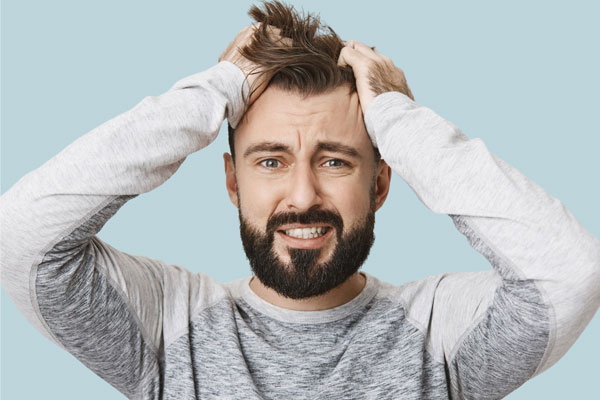
Hair Clinic
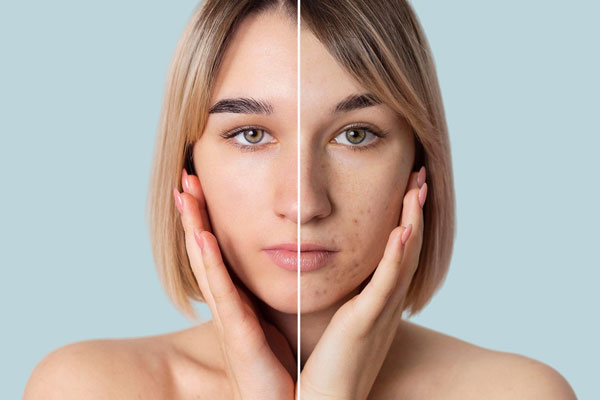
Dermatology
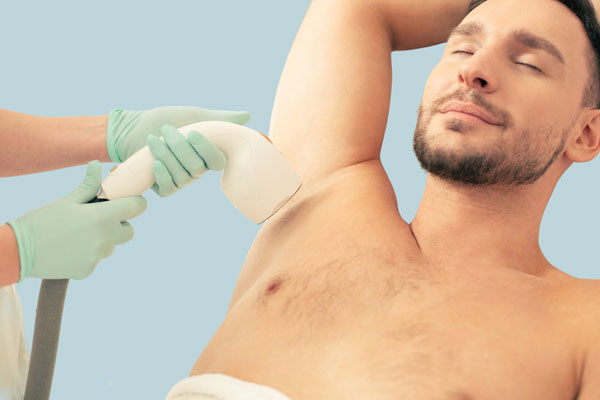



Gain confidence and transform your facial hair with a beard hair transplant in the UK.
Clear and transparent pricing
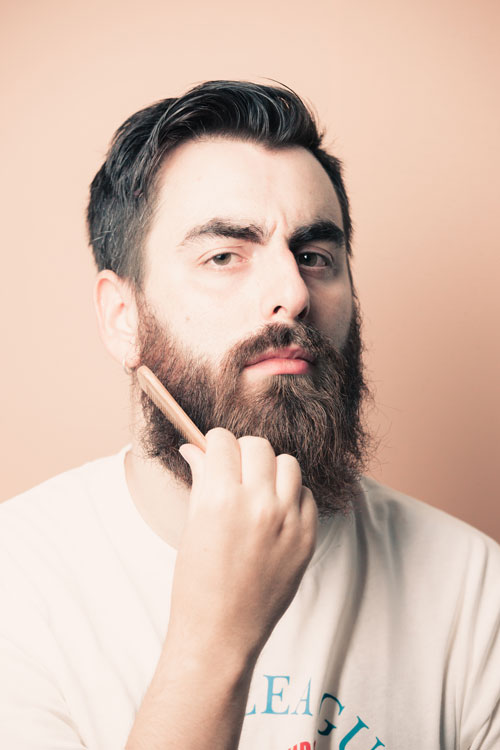
Are you suffering with patchy facial hair? Low facial hair density can be a result of genetics or facial scars. With the advancements in Follicular Unit Extraction (FUE) technology, enhancing your beard has never been more possible. This technique allows for the precise transplantation of hair follicles from the scalp to the beard area, seamlessly integrating with your existing facial hair to create a natural and fuller look.
FUE procedures are known for their fast recovery times and impressive outcomes, making facial hair transplants a sought-after solution for those looking to overcome patchiness or improve beard density. If you’re considering a permanent way to enhance your beard, exploring an FUE beard transplant could be the step toward achieving the facial hair you’ve always wanted.
Follicular Unit Extraction (FUE) is a sophisticated technique designed for the precise removal and transplantation of hair follicles from one area of the body to another, ideal for those seeking a facial hair transplant. This beard transplant process is especially beneficial for enhancing the density of facial hair, addressing areas of sparse facial hair, and cultivating a healthy beard. The process begins with the careful selection of a donor site, typically areas with abundant, healthy hair follicles such as the lower back of the scalp or the sides of the head.
During hair transplant surgery, the designated donor site is prepared by shaving, followed by the meticulous extraction of individual hair follicles using a specialised surgical tool known as a micro punch. To ensure patient comfort, a local anaesthetic is administered, minimising discomfort during the extraction phase.
The core of the procedure lies in the precise transplantation of these healthy hair follicles into the targeted facial areas. Small incisions are made to accommodate the insertion of the follicles, which are then positioned to blend seamlessly with existing facial hair, promoting the growth of new, robust strands. Over time, these transplanted follicles will establish themselves in their new location, contributing to a fuller, more defined beard.
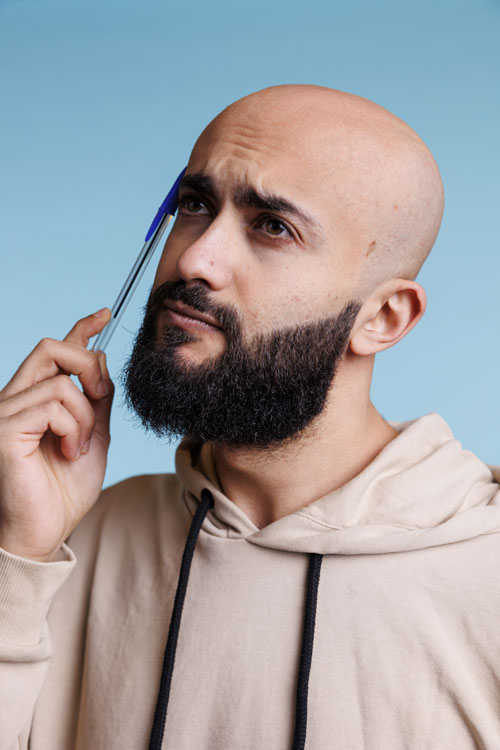
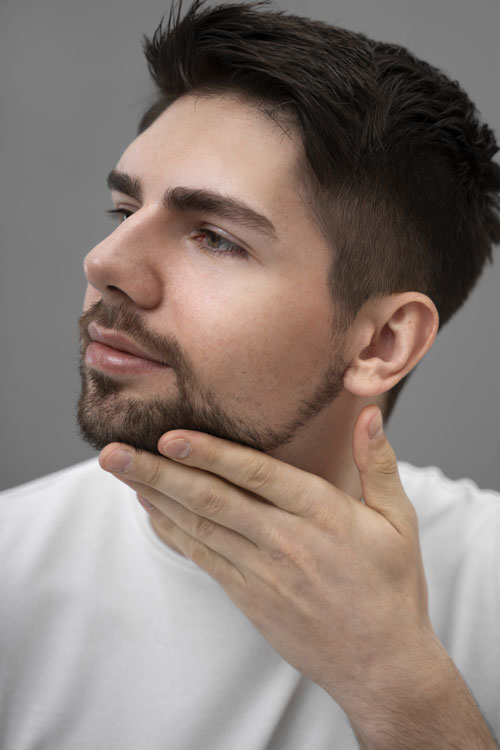
Identifying suitable candidates for beard transplant surgery involves evaluating facial hair’s current state and donor site hair quality. Candidates often include those with sparse or uneven beard growth due to genetics, medical conditions, or scarring.
Beard transplant surgery aims to enhance beard fullness and stimulate new growth, suitable for those with patchy areas or individuals, including transgender men, looking to grow facial hair for the first time. Success depends on a sufficient amount of healthy donor hair. For those considering this option, consulting with a specialist is crucial to assess eligibility and tailor the treatment for optimal results.
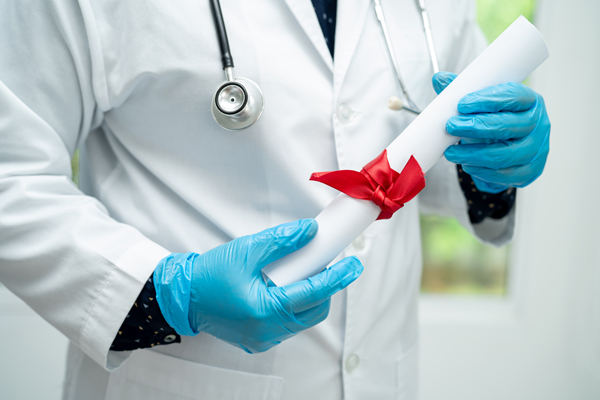
Experience complete peace of mind with our CQC registration, ensuring the highest standards of care, safety, and excellence in your hair restoration journey.
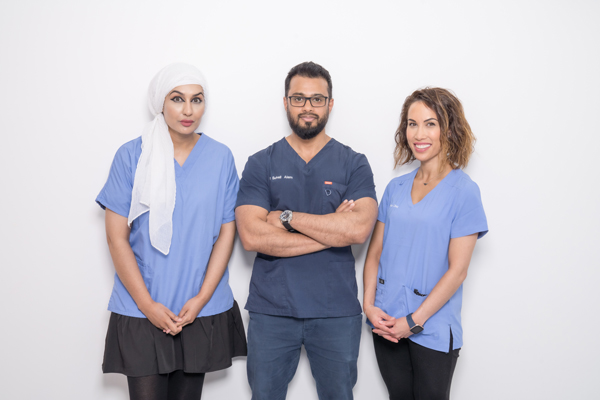
Trust our industry-leading experts, celebrated for their excellence, innovation, and dedication to achieving remarkable results in hair rejuvenation.

Join countless satisfied clients who've regained their confidence through our personalised treatments, making us the trusted choice for your revitalisation needs.

Before opting for a beard transplant, it’s crucial to have a comprehensive consultation with a specialist in hair restoration. This step is vital to ensure you fully understand the procedure and its implications.
During this consultation, the surgeon will carefully examine your facial hair and skin, review your health history, and discuss your aesthetic goals. This in-depth evaluation allows the surgeon to formulate a customised treatment plan that aligns with your specific desires for beard density and shape. Tailoring the approach in this manner ensures the results not only look natural but also meet your expectations, setting a clear path toward achieving the fuller, more defined beard you’re aiming for.
In the first few days following the surgery, scabs and crusts will emerge around the newly transplanted hair follicles, and there will be some itchiness, redness and swelling on the scalp. The scalp may also ache a little, and over-the-counter painkillers can be used to treat this.
Most of the swelling will have subsided. Redness and itchiness will diminish too, though these symptoms will not have disappeared completely. Patients will also notice hair shedding from the recipient area. This is a natural part of the hair growth cycle, and should not cause alarm. New hair is forming in the transplanted follicles, and it will grow with time.
The hair in the donor site will have completely regrown, concealing the small, circular scars that were made during the surgery. Meanwhile, the recipient area will continue to shed hair. It is common to experience patchiness at this time, as different spots of the recipient area are at different stages in their growth cycle.
You will begin to notice greater evenness and uniformity of growth in the recipient area, and the new hairs will begin to look thicker.
You will notice further thickening during this time, as your hair continues to grow longer, stronger and darker.
The final results of the procedure will become visible during this time, as the transplanted hairs reach full maturity.
At Aventus Clinic, we specialise in a range of non-surgical hair loss treatments, including Platelet-Rich Plasma (PRP) therapy, laser light therapy, and medication, all designed to enhance follicle vitality and encourage your hair’s natural regrowth.
If you are not ready for a beard transplant but you are experiencing thinning on your beard, we have a range of other non-surgical options available to help you achieve your goal.

We are committed to treat each and every patient individually, taking into consideration their personal needs and aspirations.
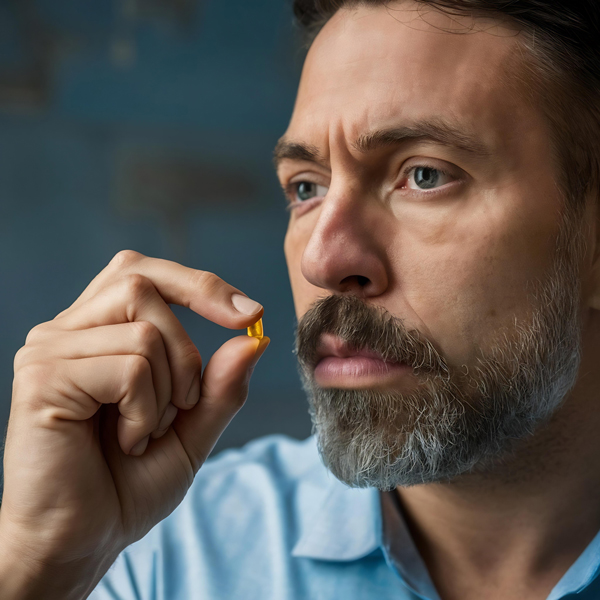
Fuller Beard, Enhanced Confidence Achieve a thicker, more defined beard with medication.
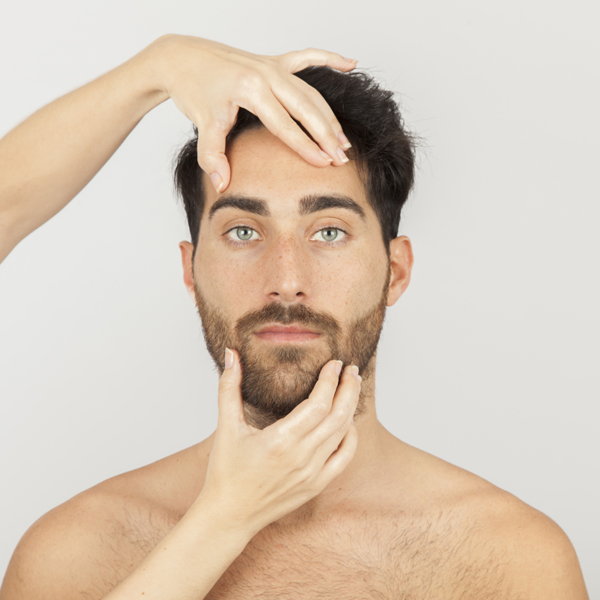
Natural Growth, Enhanced Vitality Stimulate hair growth naturally with our advanced PRP treatments.
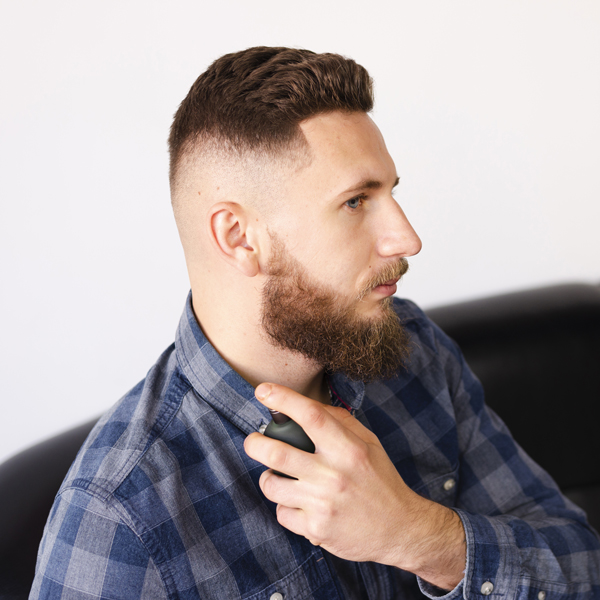
Gentle Treatment, Stronger Hair Revitalise your hair with our non-invasive laser light therapy.

Helped over 2,000 individuals battle hair loss.
Dr Suhail Alam is the medical director and founder of Aventus Clinic. To date he has helped over 2000 individuals with their battle against hair loss.
Renowned as one of the leading specialists in hair loss, he has travelled the world, researching advanced techniques and learning from the best in his field.
With a deep rooted passion for patient care, Dr Alam founded Aventus Clinic with a mission to ensure every patient received world class treatment, with unmatched aftercare.
Patients can resume most of their daily activities, such as driving, after one day has passed since their beard transplant. However, there are some important aftercare instructions that you must observe in the weeks following your surgery to ensure that your new beard grows healthily.
For example, patients must avoid touching or washing their beard for five days after the procedure. Small crusts will appear around the transplanted follicles at this time, and patients must resist the urge to wash or scratch these off: they are a natural part of the body’s healing process. Additionally, it is important that patients avoid vigorous exercise, saunas and hot tubs for two weeks after the transplant, as sweat can disrupt the growth of the transplanted hair follicles and exacerbate itchiness. A full aftercare package will be provided to you, including all the information you need to properly heal your new transplant.
You will begin to see the growth of new, natural hair after approximately four to six months have passed since the beard transplant was conducted. The final results of the treatment will be visible after one year has passed.
A local anaesthetic is used during the hair transplant procedure.
FUE beard transplants create circular scars around the hair follicles that were harvested from the donor site. These scars are very small (typically, they are no larger than 1 mm in diameter). Although the scars may fade with time, they do not disappear completely. However, they can be concealed easily with the surrounding hair, rendering them essentially invisible.
A beard transplant can cause discomfort or pain. A local anaesthetic is used during the procedure to reduce this as much as possible.
Patients will experience some scabbing and crustiness in the areas where the hair follicles were inserted for roughly two weeks after the surgery. After this time, the scabs will drop off.
Additionally, some itchiness, swelling and redness will occur within the first one to two weeks after the transplant. This is sometimes accompanied by feelings of tightness or numbness. However, these symptoms will disappear with time.
The price of beard implants depends on the number of hair follicles that are required to be transplanted to cover the area suffering from hair loss. The average price of a beard transplant in the UK is £3000-£7000.
Beard hair transplants can be booked via filling out our free assessment form. Before any hair transplant treatment we will have an in depth conversation with you to discuss your unique situation.